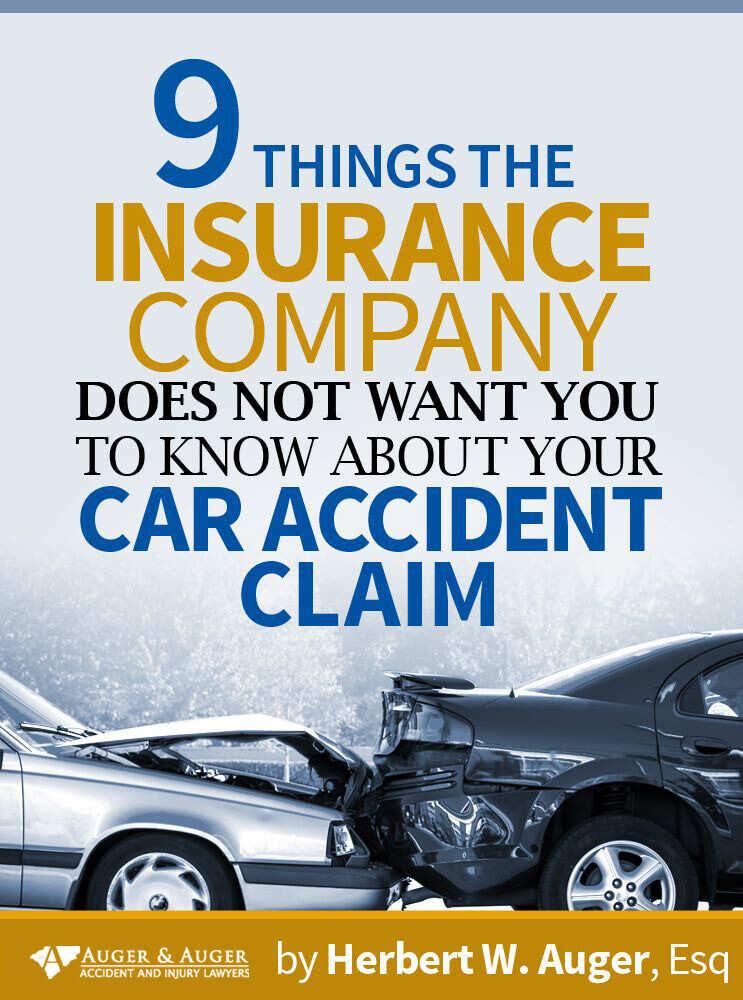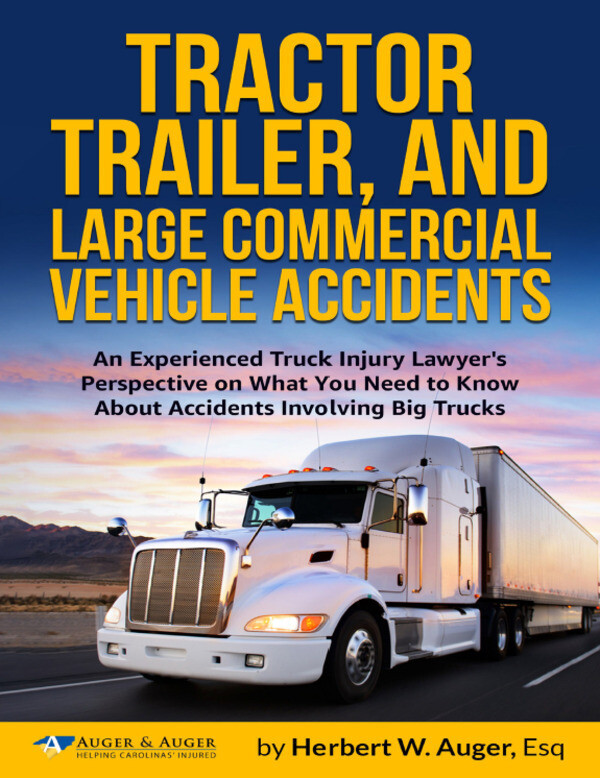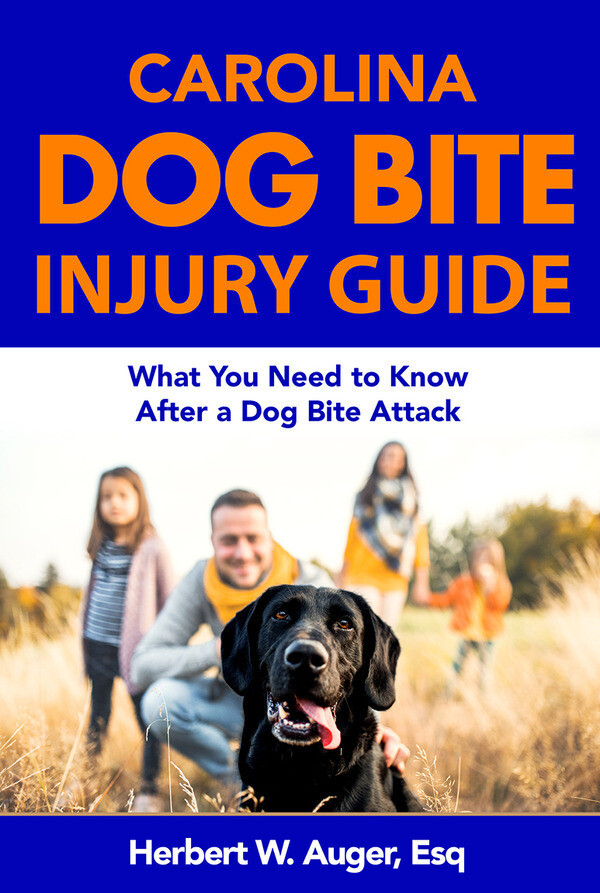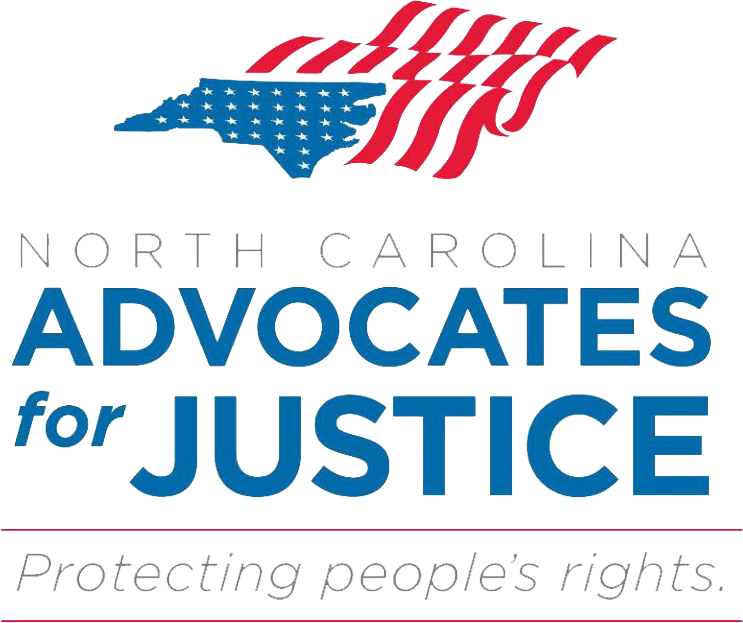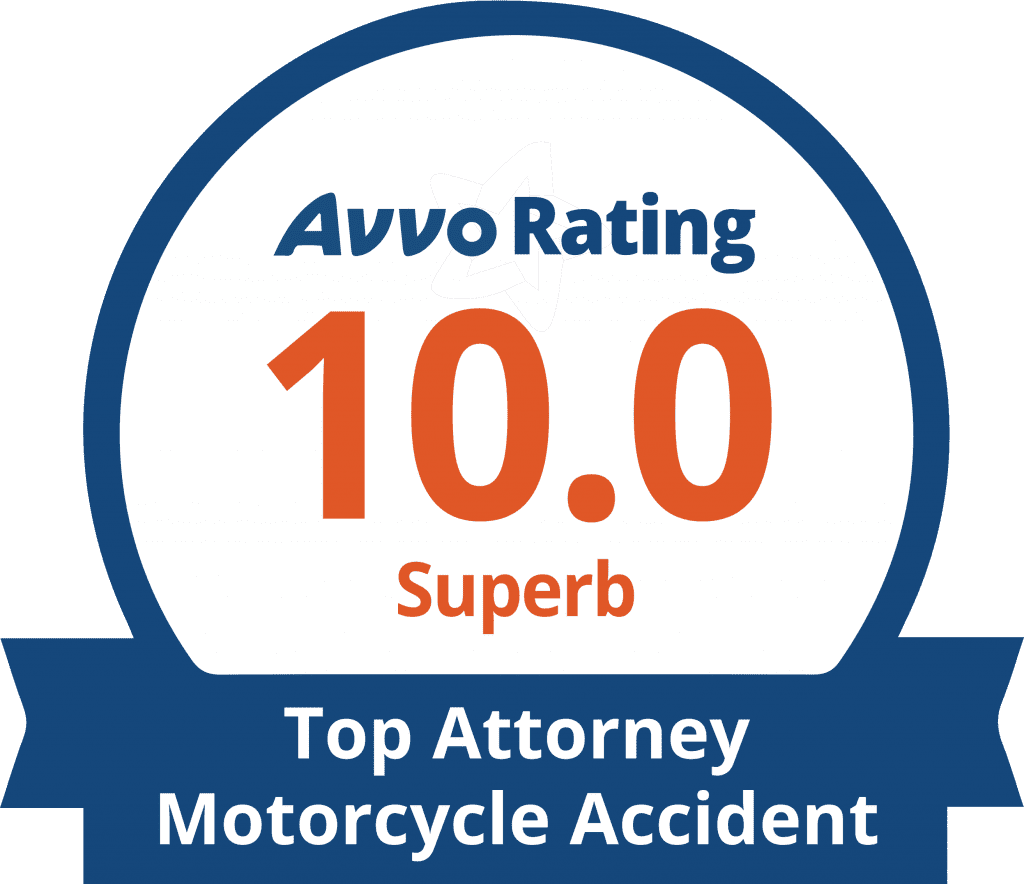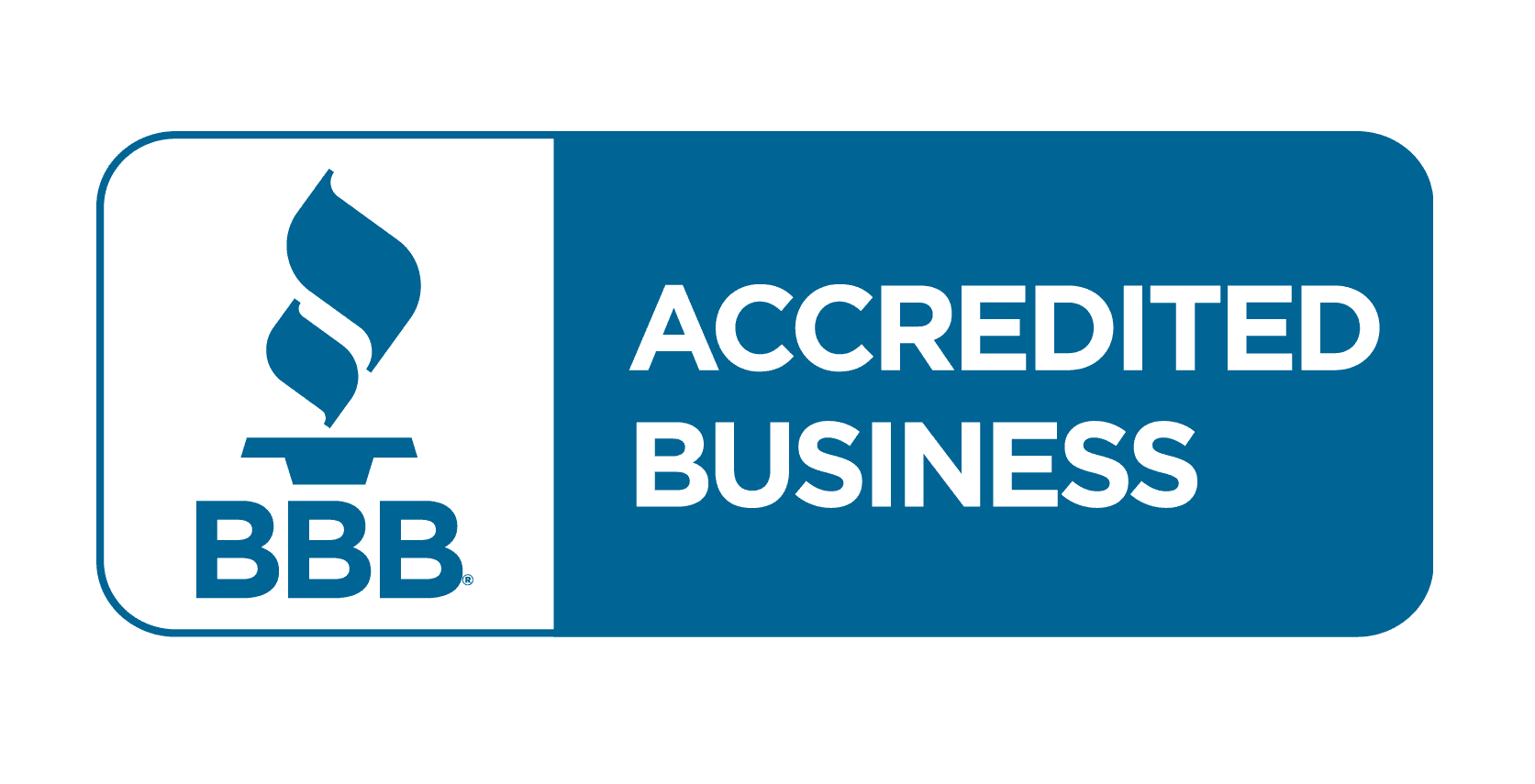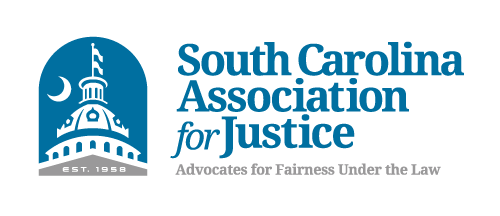Getting your driver’s license for the first time can be exciting – enjoying the freedom of the open road, being able to drive yourself where you need to go, and no longer waiting for others to give you a ride. But it can also be scary and stressful. Sometimes other drivers don’t exactly follow the rules of the road. Traffic congestion can be frustrating, and other drivers may cut you off. Learning some defensive driving techniques and safe driving tips can help you deal with many of these issues.
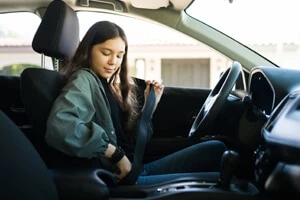
It’s important to learn safe driving techniques as a new driver for several reasons. First, it sets you up to drive safely for the rest of your life. Second, you’re at a higher risk of getting in an accident as a new driver. The Safe Roads Alliance found that 43 percent of first-year drivers and 37 percent of second-year drivers experience car accidents. Safe driving also reduces your risk of getting an expensive ticket. So let’s look at some ways you can keep yourself and others safe on the road:
Avoid Distractions
Distracted driving is a serious problem. The National Highway Traffic Safety Administration (NHTSA) reports that 3,142 people died in accidents caused by distracted driving in 2020 alone. Unfortunately, even a few seconds of distraction can be enough to cause a crash.
Distracted driving isn’t limited to texting and driving either. Any activity that takes your eyes and attention off the road can put you at risk – eating, drinking, changing channels on the radio, looking at your phone for any reason, staring at the GPS, fixing your hair or makeup, etc. If you need to do these things, find a safe place to pull over and put your car in park. When driving, you should keep your eyes on the road, looking out for any potential problems further on, and concentrate on your where you’re going. If it helps you to avoid temptation, put your phone on silent or use an app that turns on “driving” mode when your car is in motion. You can check your messages as soon as you reach your destination safely.
Maintain Awareness
Aside from just paying attention to your driving, you should also be aware of other things going on around you. This can be tricky, because you don’t want to get distracted by something interesting you see on the sidewalk and forget about the road in front of you. However, you do need to be aware if there is a pedestrian nearby because sometimes people cross the road unexpectedly. Ideally, you should sweep your eyes from side to side, noting any motion in your peripheral vision while also watching the road directly in front of you, and scanning further ahead for any obstructions in the road (like a cardboard box or runaway trash can).
This can seem complicated, but after practice, you should get used to it. Keep both hands on the wheel at all times and be aware of any people or animals nearby who might suddenly step into the road. Slow down and be ready to brake if someone does step into the street.
Be Careful And Get Some Practice Driving At Night
Car accidents and traffic deaths are much more common at night and are an especially big problem for new drivers. The National Safety Council finds that only about 25 percent of driving happens at night, but about 50 percent of traffic deaths occur during nighttime. Poor visibility is a major problem, but tired driving also raises risk. In fact, driving while drowsy or tired is as dangerous as driving drunk.
Because nighttime driving presents extra risks, the North Carolina DMV restricts new drivers with a learner permit to supervised driving only between 5 AM and 9 PM. After 6 months they can drive at other times but must still be supervised. After 60 hours of driving, permit holders can graduate to a limited provisional license which allows unsupervised driving between 5 AM and 9 PM. After 9 PM the new driver will need to be supervised. Drivers who have a provisional license for at least six months and do not have any convictions for moving or traffic violations can apply for an unrestricted, full provisional license with no supervisory restrictions on driving times.
New drivers are encouraged to practice nighttime driving with supervision in a safe environment, like a parking lot or at least a street with very little traffic and high familiarity. For some people, their own street may be a good place to start, as they’re likely to know where any obstacles are already, and many residential areas aren’t heavily trafficked. Drive slowly and note the differences in visibility. Always turn your headlights on at night (and on gray or cloudy days).
Never drive if you’re feeling tired or sleepy, regardless of the time of day. If you’re too tired to drive, try to catch a ride with a friend or family member instead, or consider using a ride share service.
Obey Speed Limits
You’ve probably heard this already, but it’s worth repeating: Speeding increases both the risk of getting in an accident and the risk of injury or death if you do have an accident. Pay attention to speed limit signs, as the speed limits sometimes change drastically when moving from one area to the next. Don’t exceed the posted speed limit, even if you’re late – getting in an accident will only make you a lot later, cost you money, and could cause you to be seriously injured or even killed.
Be Careful Of Bad Weather
Various weather conditions like rain, sleet, snow, ice, and even strong winds can make accidents more likely. They’re also more treacherous for new drivers who don’t have a lot of experience driving in these conditions. Not only is reduced visibility an issue, but the roads may be slick, lengthening stopping distance. Your vehicle may also be more inclined to skid on slick or slippery roads.
Some tips for driving in less than ideal weather conditions:
- Slow down! Driving below the speed limit is fine in poor weather. In fact, law enforcement can actually ticket you for speeding if you are technically going under the speed limit, but still driving too fast for the current conditions.
- That being said, avoid slamming on the brakes if the road is slippery. Instead, take your foot off the gas and gradually lower your speed while keeping both hands on the wheel.
- Increase your following distance because it may take you longer to stop if the vehicle in front of you stops suddenly.
- If you do skid, don’t hit the brakes or the accelerator. Instead, turn the steering wheel in the direction you want to go. You may need to correct it back a bit to straighten the car out. As you can see, it helps to be going at a slower speed already when this happens since braking can make things worse.
- If at all possible, avoid driving in bad weather situations. Stay where you are, shorten any trips you have to take to just the essentials, and if the roads get too bad, consider pulling over and waiting out the bad weather conditions. (It’s a good idea to keep a blanket and some non-perishable snacks in your car for these situations.)
Be Mindful Of School Safety Zones
Many new drivers are teens driving themselves to school for the first time. If this is the case, remember that most schools have safety zones for kids to cross the street or be dropped off. Usually, the speed limit here is drastically reduced during early morning drop-off times, and after 3 PM or whenever the school lets out for the day. It can take a long time to drive a short way during this period, and fines for speeding or other infractions can be higher. You should leave early if you’ll be arriving during safety zone hours, giving yourself extra time so you can drive slower.
Also, pay very close attention to your surroundings in these areas at any time of day. Sometimes a child might leave school early and dart out unexpectedly. In general, you should be very careful around any kind of crosswalk and always be on the lookout for pedestrians.
Practice Caution When Approaching Yellow Lights
We’ve all seen some movie or TV show in which a character unfamiliar with driving observes that the yellow light means “Drive faster!” This is funny because it’s what a lot of people do in real life, but it’s not a good idea – and nobody is laughing when they get into an accident while zipping through a yellow light.
The yellow light means “Caution – slow down and proceed carefully.” Usually, this means that the light is red by the time you reach it. Slowing down enables you to stop easily. It can also prevent the kind of accident that occurs when a driver hurries through a yellow and the light turns red, allowing another driver to come through from a crossroad. The best solution is to just stop for a yellow light and wait until it cycles through to green to go again.
Understand How 4-Way Stops And Traffic Circles Work
These two situations cause a lot of confusion, especially for new drivers. Here’s what you need to know about 4-way stops:
- The first vehicle to arrive has the right of way.
- If everyone seems to arrive at around the same time, yield to the vehicle on your right.
- You should always use your turning signals when turning, but this is especially important to remember at 4-way stops so other drivers can anticipate what you’re doing.
- Vehicles turning right have the right of way over vehicles turning left.
- Always proceed slowly and look both ways, even if you have the right of way. It’s possible another driver may not know or remember the rules and as a result, they may think it’s their turn.
What To Do In A Traffic Circle Or Roundabout:
- First, yield to other vehicles in the roundabout. When there are no cars coming, you can safely enter the circle.
- Enter and exit the circle from one lane. This isn’t the place for lane changes.
- If you want to go past the first exit from the circle, enter the left or inside lane (be sure to use your turning signal).
- If you’re in the right or outside lane, yield to drivers in the inside lane who have the right of way.
- Use your turning signal as soon as you pass the last exit before the one you plan to use. If you plan to get off at the first exit you can just leave your turning signal on after entering.
- Be on the lookout for pedestrians and other traffic when entering and exiting the circle.
Take A Safe Driving Or Defensive Driving Course
These classes not only remind drivers about safety techniques but can also take you through scenarios you may encounter when driving and show you how to avoid accidents. You will get a more in-depth look at vehicle safety than in your typical driver’s ed course (although those classes are also helpful). Defensive driving courses are effective enough at helping people avoid accidents that some insurance companies will give you a discount for proof you’ve completed a safety course. Check with your local DMV or your school about classes in your area. To find out if you’re eligible for a discount, ask your insurance agent. Even if your insurance carrier doesn’t offer a discount for completing the class, avoiding car crashes and traffic tickets can prevent your premiums from going up.
Auger & Auger Accident and Injury Lawyers has been helping car accident victims throughout the Carolinas receive the compensation they deserve for over 26 years. We know what it takes to fight the insurance companies both in and out of court, and we’ll use all of our resources to represent you effectively.
Give us a call today at 855-969-5671 or contact us online for a free, no-obligation consultation with an experienced teen car accident lawyer.



